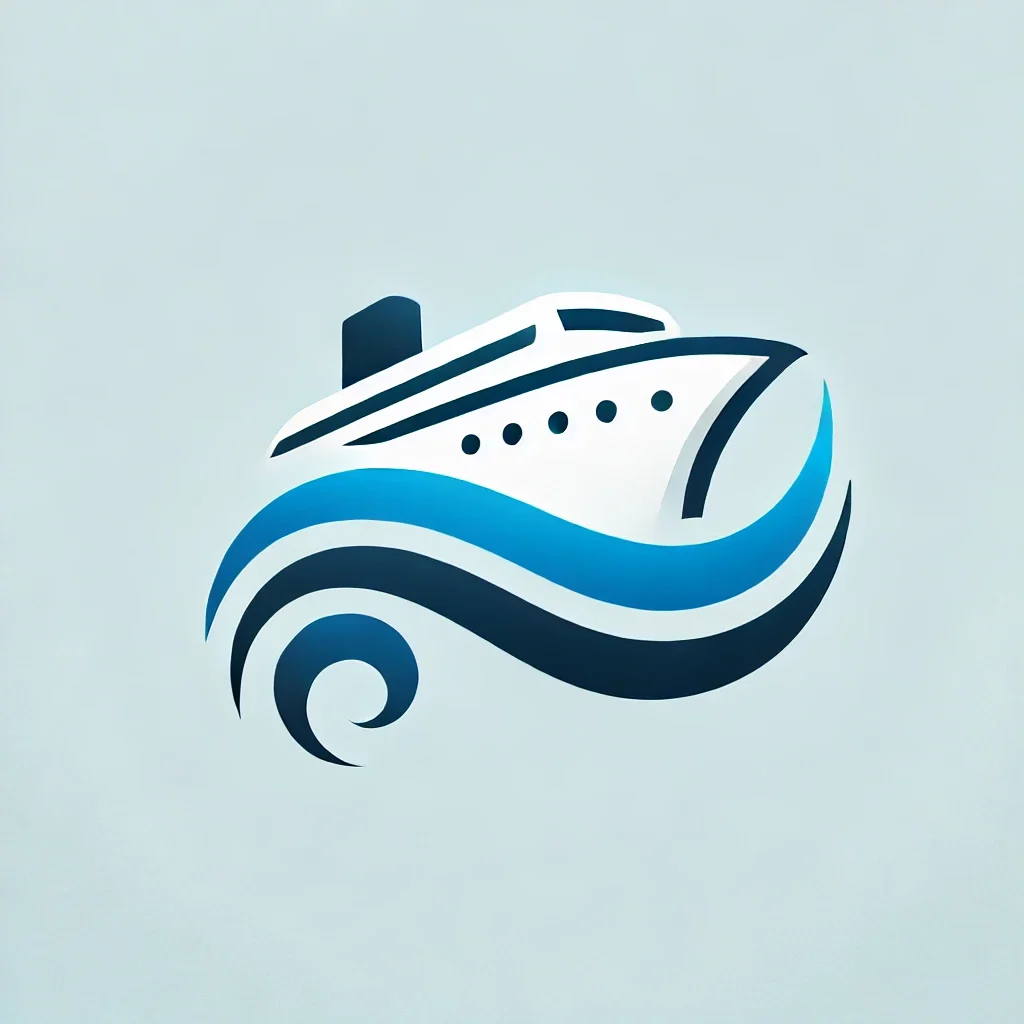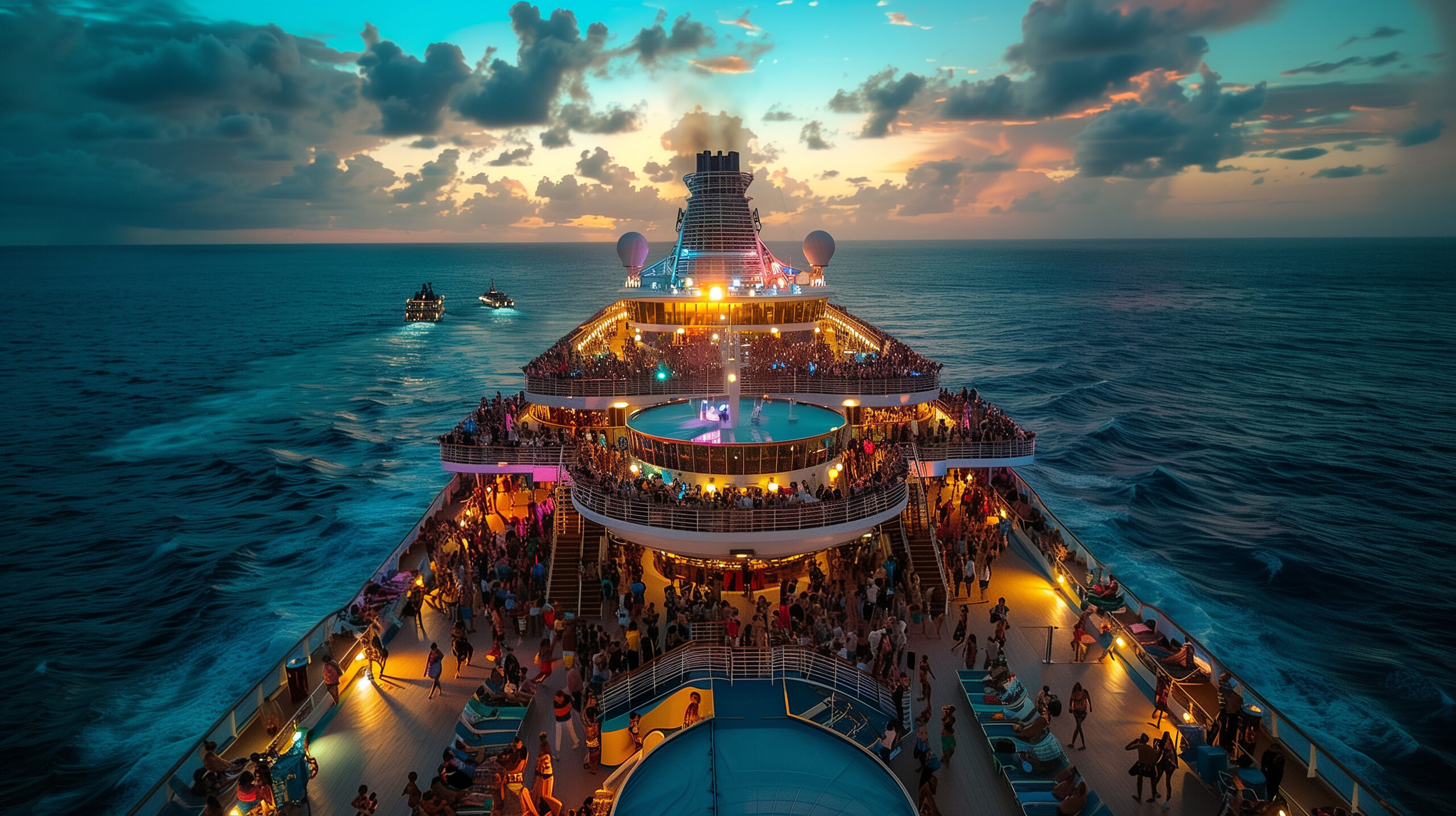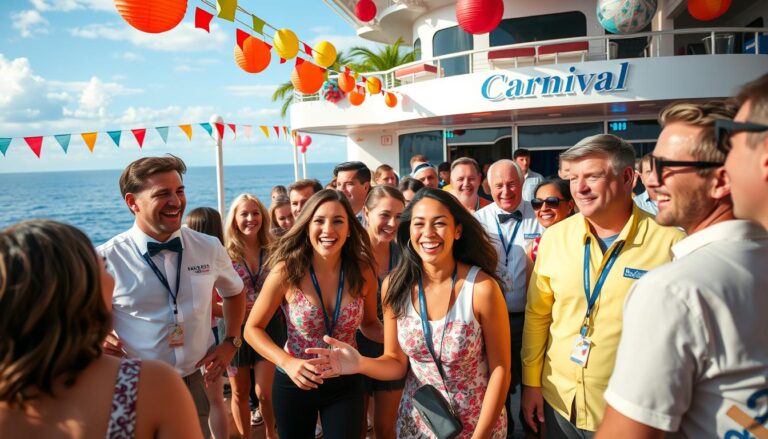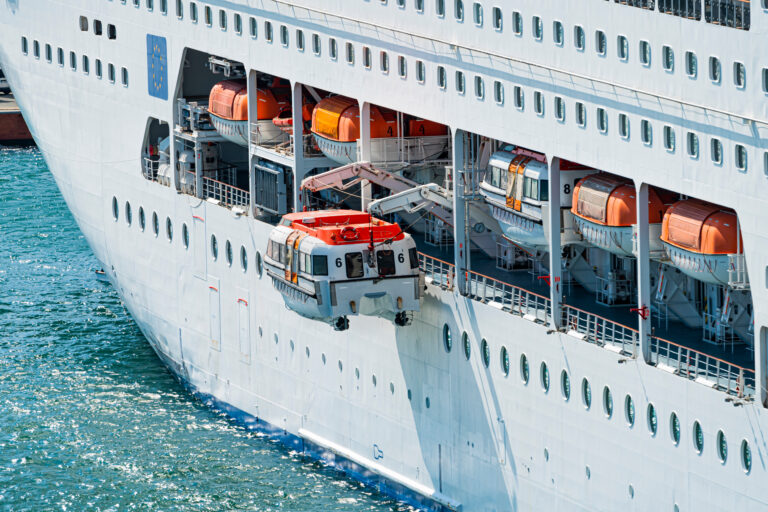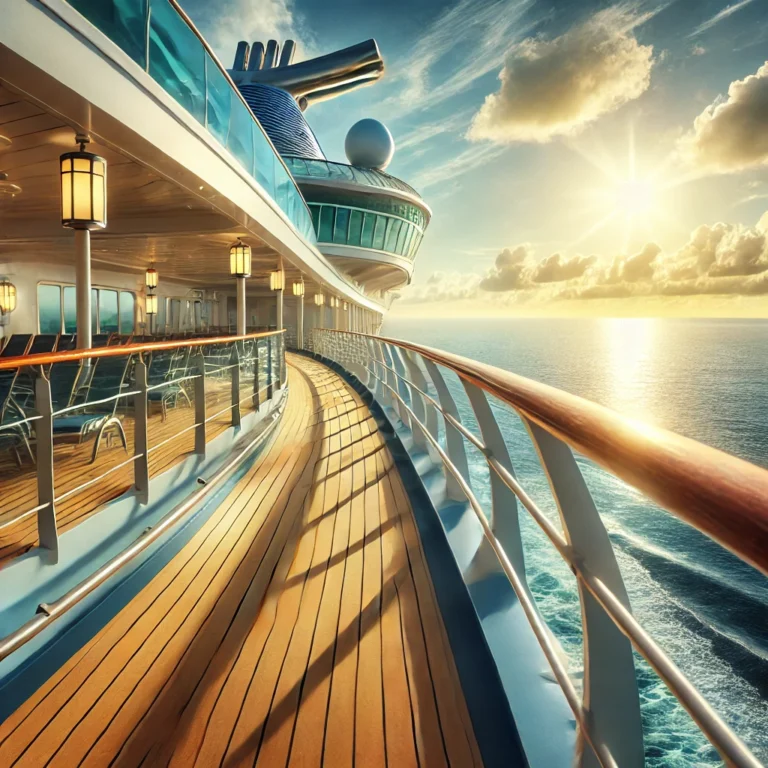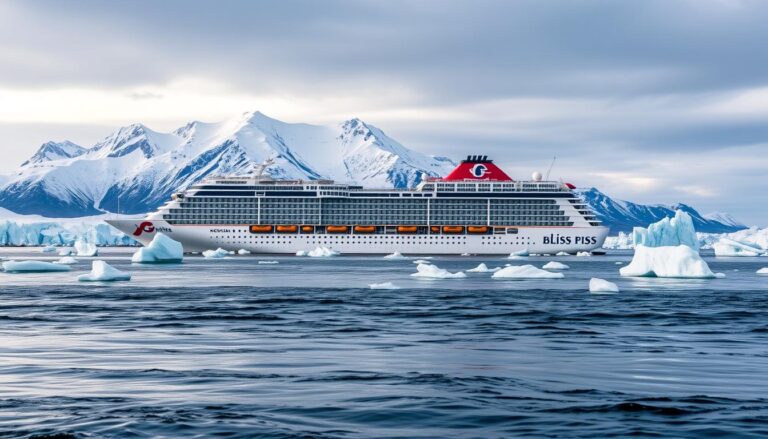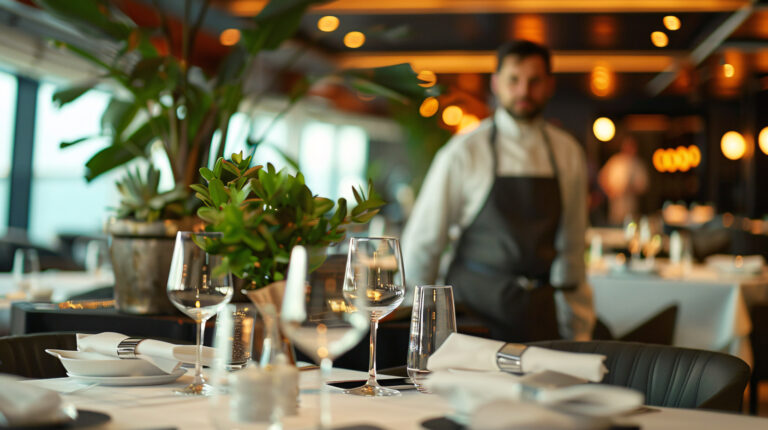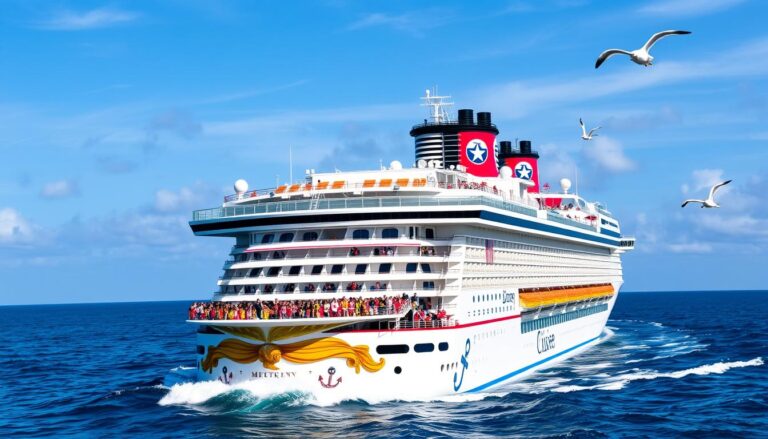Discover 5 Facts About Man Overboard Icon of the Seas
Imagine the thrill of boarding a colossal cruise ship, where endless activities, awe-inspiring views, and sheer excitement await. Yet, amidst the splendor of sea life, there’s an ever-present concern: safety. One of the most critical safety aspects for cruise ships is handling “man overboard” situations, where quick action and advanced technology can mean the difference between life and loss. Let’s uncover five key facts about the man overboard protocols on Royal Caribbean’s Icon of the Seas, where top-notch safety standards blend with unforgettable adventures on the high seas.
Table of Contents
1. Man Overboard Icon of the Seas: Understanding theSafety Protocol
Cruise ships have come a long way in prioritizing the safety and well-being of their passengers. The Icon of the Seas sets new standards with an advanced protocol for handling man overboard incidents, aimed at quick detection, swift action, and continuous monitoring. These protocols offer a strong layer of protection, reassuring guests that their safety is paramount.
The Importance of Safety at Sea
Your time on board should be worry-free, but safety awareness is still crucial. The Icon of the Seas has invested in innovative solutions to ensure passenger protection. For instance, the crew trains extensively in monitoring passengers and responding effectively, covering everything from alert procedures to retrieval methods. According to the Cruise Lines International Association, over 20 million passengers enjoy cruises every year, making safety an ever-present priority for both cruise companies and regulatory bodies.
Innovative Technologies Used in “Man Overboard” Detection
The Icon of the Seas stands out with its high-tech man overboard detection systems. Using infrared cameras, radar, and motion sensors, the ship can immediately detect if someone has fallen overboard. These systems work tirelessly, scanning the deck areas to monitor for any unusual movement or abrupt changes that could signal an incident. With real-time alerts sent directly to the bridge, crew members can act quickly, initiating a search-and-rescue mission if needed. This swift notification process allows the team to respond in mere seconds, maximizing chances of a successful rescue.
2. A History of Safety Measures in the Cruise Industry
Safety protocols on cruises didn’t always match today’s high standards. Over the years, maritime incidents have driven cruise lines to adapt and implement more advanced safety features. The Icon of the Seas is a testament to this evolution, showcasing a suite of measures aimed at keeping passengers safe and comfortable.
Evolution of Cruise Ship Safety Standards
It wasn’t until incidents like the Titanic tragedy that the maritime industry took a closer look at safety standards, resulting in a push for better emergency protocols. These regulations have evolved to require robust safety protocols and specific man overboard detection systems on large vessels, giving passengers added peace of mind.
Industry Response to Public Concerns
As passenger awareness around “man overboard” incidents grew, the industry responded. The Icon of the Seas represents one of the most advanced solutions, offering transparency about safety features and integrating best-in-class technology. This commitment to passenger safety is central to Royal Caribbean’s mission, providing clear communication to guests about safety protocols and responding proactively to any concerns raised.
3. Man Overboard Icon of the Seas: Unique Safety Features for Overboard Prevention
The Icon of the Seas doesn’t just rely on standard safety practices; it incorporates unique features designed to prevent overboard incidents and enhance onboard security for everyone on board.
Real-Time Tracking and Monitoring
Royal Caribbean has integrated a sophisticated real-time tracking and monitoring system on the Icon of the Seas, helping ensure every passenger is accounted for. Guests are given wearable tracking devices upon boarding, making it easier for the crew to locate anyone’s precise location on the ship if needed. This technology is essential for onboard safety and provides an additional layer of reassurance for families traveling with children or elderly relatives.
Crew Training and Emergency Drills
Having high-tech equipment is only part of the equation; the crew’s response is equally critical. The Icon of the Seas has implemented thorough emergency drills, training staff on man overboard scenarios and how to respond effectively. These drills, performed regularly, ensure that every crew member is prepared to respond with precision and speed, whether handling rescue equipment, alerting the Coast Guard, or deploying life-saving gear. For guests, this means they’re in safe hands, with a team ready to act in an emergency.
Man Overboard Icon of the Seas: Safety Guidelines for Passengers
While the ship’s crew is well-prepared, your awareness is equally important. Here are some essential safety tips to keep in mind:
- Stay Away from Railings: Avoid leaning over or getting too close to the ship’s edge.
- Travel with a Companion: Moving around in pairs minimizes risk.
- Limit Alcohol Consumption: Staying clear-headed ensures better judgment and reduces accidents.
- Report Hazards: If you see something unsafe, notify the crew immediately.
By following these simple guidelines, you’ll not only ensure your own safety but contribute to the collective well-being of everyone on board.
4. Man Overboard Icon of the Seas: How Passengers Can Help Enhance Onboard Safety
Safety is a shared responsibility between the ship’s crew and its passengers. Taking proactive steps, being mindful of your surroundings, and helping others can enhance everyone’s security on board.
Simple Safety Tips Every Cruiser Should Know
Whether it’s your first time on a cruise or you’re a seasoned traveler, these easy-to-follow safety tips can make all the difference:
- Be Aware of Weather Conditions: Open decks can be slippery during inclement weather. Stay informed by watching for updates from the crew.
- Supervise Young Travelers: Children should never be unsupervised near railings or other potential hazards.
- Respect Restricted Areas: Certain areas of the ship are off-limits for safety reasons. Following signage helps maintain a secure environment.
Reporting Suspicious Behavior
The crew encourages passengers to report any unusual behavior or potential risks they observe. You’re the first line of defense, and your awareness contributes significantly to the overall security on board. If you notice anything unusual, discreetly inform a crew member. Your vigilance could prevent accidents and ensure a safe journey for all.
5. Icon of the Seas’ Preparedness for Rescue Operations
When an emergency occurs, every second counts. The Icon of the Seas is equipped with rescue protocols and resources designed to handle “man overboard” situations effectively, giving every passenger an added layer of assurance.
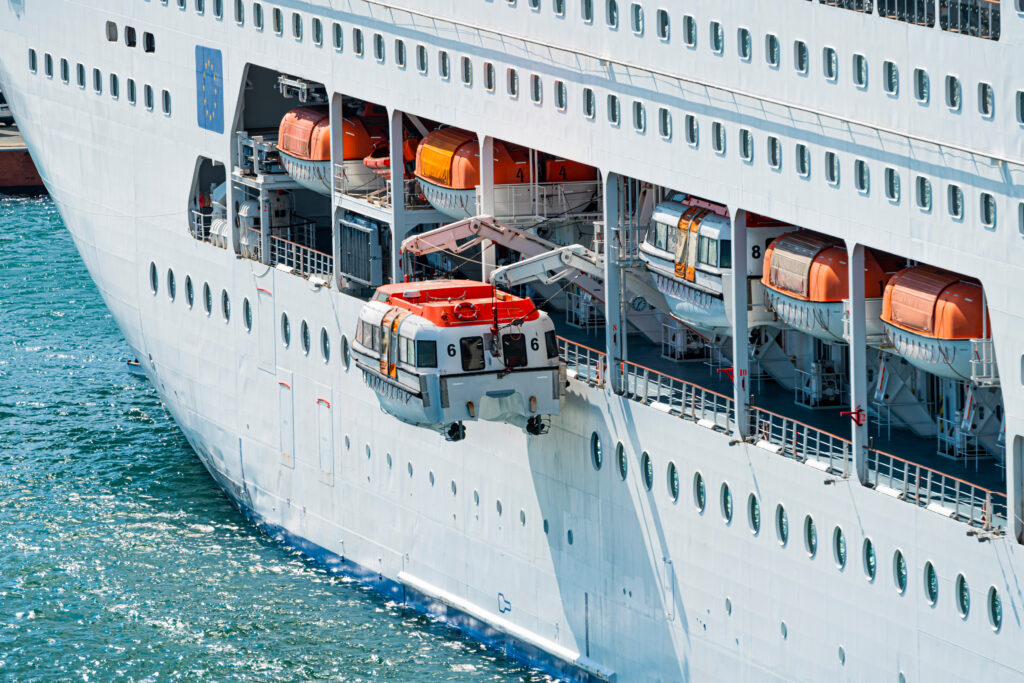
Man Overboard Icon of the Seas: Rescue Protocols and Resources
The ship’s crew is trained extensively in deploying lifeboats and emergency kits. In a man overboard event, the process includes alerting nearby vessels, coordinating with the Coast Guard, and using dedicated rescue equipment to aid in a swift recovery. The Icon of the Seas even has a communication network that connects directly to local authorities, helping mobilize additional resources for an effective rescue response. This coordinated approach maximizes the chance of a positive outcome, ensuring that help is on hand from the moment an incident is detected.
Man Overboard Icon of the Seas: Real-Life Stories of Successful Rescues
There have been instances where the Icon of the Seas’ preparedness saved lives. For example, a man overboard alert triggered the ship’s rescue team into action, resulting in a successful recovery that highlighted the effectiveness of its man overboard systems. Such stories underscore the dedication of the Icon of the Seas crew to passenger safety and serve as a testament to the ship’s readiness to handle emergencies.
Conclusion: Your Safety is the First Priority on Icon of the Seas
As you set sail on the Icon of the Seas, rest assured that your safety is at the forefront of every decision and protocol. From innovative technology to a highly trained crew, every aspect of this ship has been designed with your well-being in mind. Following simple guidelines, staying informed, and knowing that you’re on one of the safest vessels in the industry can help you enjoy the journey with complete peace of mind. Remember, the cruise is about relaxation and adventure—embracing the experience with confidence in the team dedicated to keeping you safe.
So, when you’re ready for a vacation, make sure Icon of the Seas is on your list. With safety as the top priority, you can focus on making memories that will last a lifetime.
Table: Essential Safety Gear and Equipment on Icon of the Seas
| Safety Gear Item | Purpose |
|---|---|
| Life Jackets | Provides flotation in case of an emergency |
| Personal Locator Beacons | Tracks passenger location for quick rescue |
| Emergency Whistles | Alerts crew to distress in emergencies |
| Wearable Wristbands | Tracks guest movements for added safety |
Frequently Asked Questions (FAQ)
Q: What is the purpose of the “man overboard” detection system on Icon of the Seas?
A: The system uses cutting-edge technology, including cameras and motion sensors, to instantly detect if a passenger falls overboard, alerting crew members for a quick response.
Q: Are there special safety guidelines for children on board Icon of the Seas?
A: Yes, there are specific guidelines for children, including child-safe areas and tracking devices that help families keep track of their loved ones on the ship.
Q: How often does Icon of the Seas conduct safety drills?
A: Regular safety drills are held for both crew and passengers, ensuring preparedness in case of an emergency.
Q: Can passengers contribute to onboard safety?
A: Absolutely. Passengers can enhance safety by following guidelines, reporting unusual behavior, and keeping a close watch on their surroundings, particularly in high-traffic areas.
